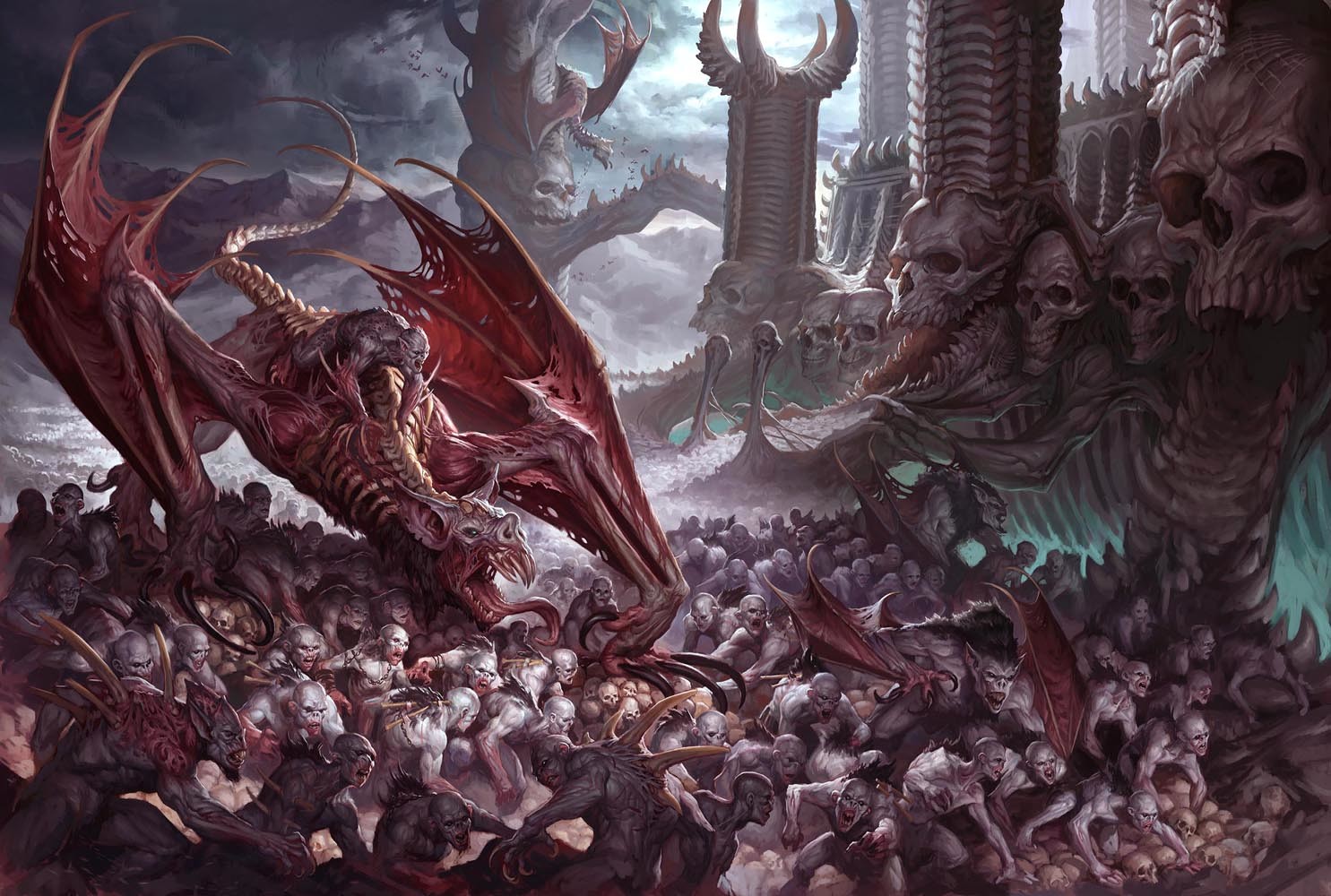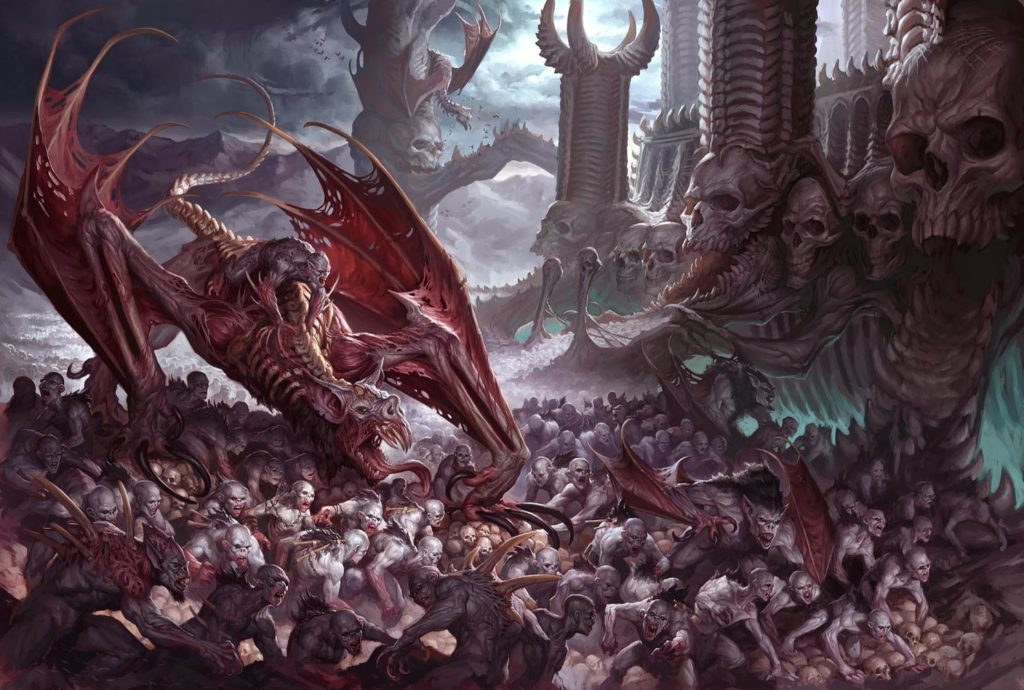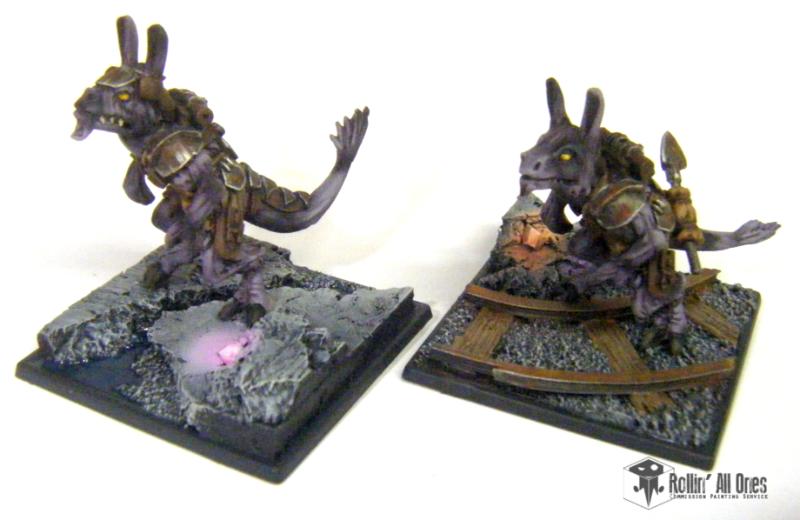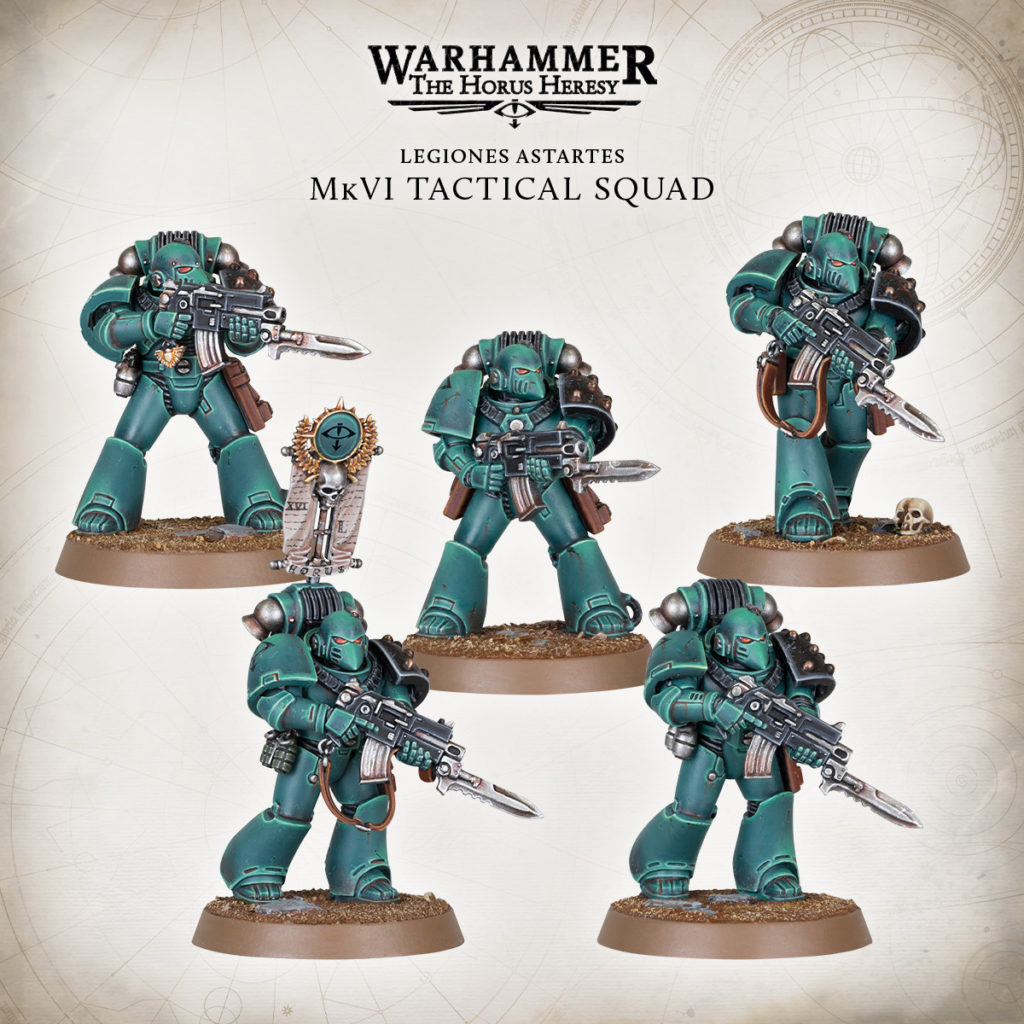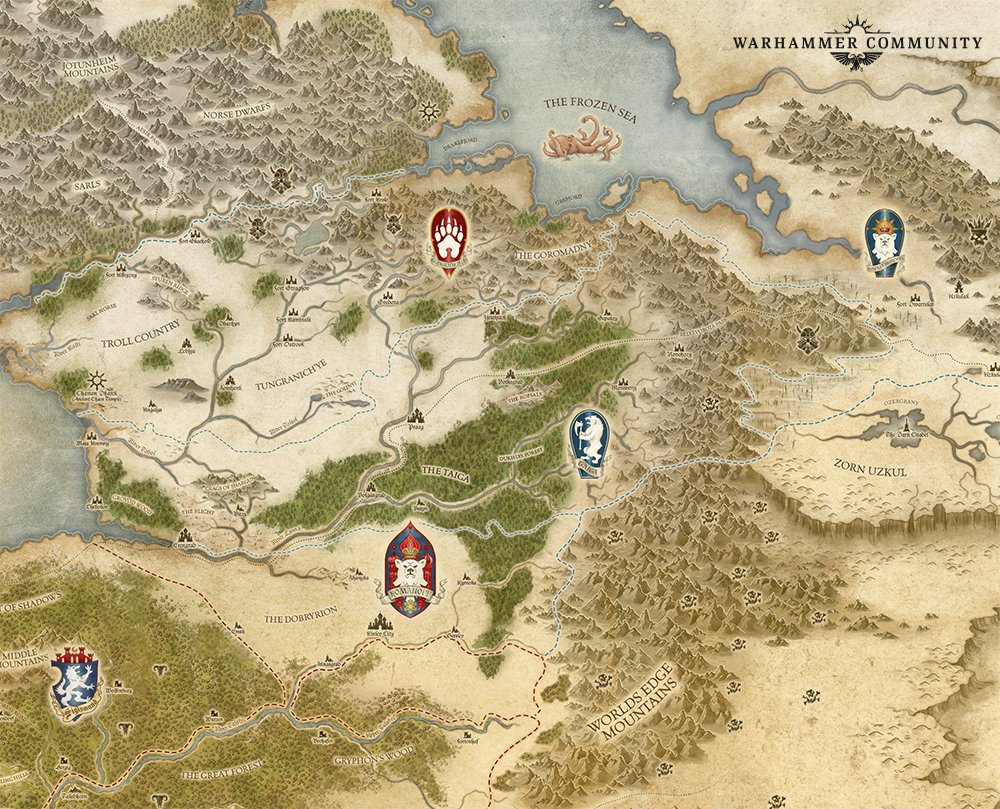One thing that will be interesting to watch in the coming months and years is the impact of rolling the Horus Heresy and the Old World into the main GW line up. I am curious to see if the heads of GW are worried about product cannibalization, and if so what steps can they take to fight it? Product cannibalization is the process whereby a company rolls out a new line of products but rather than attracting new customers it just convinces current customers to switch from the old product to the new one. While this might not seem like an issue, after all they are still getting paid, the company is losing money on the costs of implementing the new product as well as the opportunity cost of not just improving the old one. In this article I will be looking at some ways GW has sought to fight this trend in the past and how I think they may try to do it in the future.
Past Strategies:
Competing product lines are not a new phenomenon for Games Workshop. Given their pricing strategy, there is always the risk that new products will largely be purchased by existing fans. This means that it can be difficult to attract new money, rather than players simply re-routing their current hobby funds. In the past, GW was able to prevent this via a few strategies. The first is to have very different settings for their games, you could do some overlap between Warhammer Fantasy and 40k with daemons but most armies only fit in one universe. Secondly, the use of different bases was helpful to increase the distinction. Finally, when the Horus Heresy came out by making it much more of a luxury product via Forgeworld (FW) it meant players would have to commit to a large purchase, or buy models that didn’t exist in 40k. This grew quite fuzzy around the end of seventh edition, but the difference in pricing and unique models allowed enough separation that cannibalization would be less of an issue (I believe this is why you don’t see more Xenos armies in 30K as that would widen the model pool and make it easier to play with an existing collection rather than buying new).
Current Situation:
It seems increasingly likely that GW is winding FW closer into the main company. I have written before that GW doesn’t seem to really know what to do with FW these days. It doesn’t seem to have the best designers and models any more, and only produces an odd assortment of models for 40k and a little for Age of Sigmar. It is possible that this role will change with the arrival of the Old World but it is also likely that the brand will be reduced to a section of the GW website for more high-end models.
With this consolidation it starts running the risk of cannibalization. By making the Horus Heresy more accessible to players it starts risking shifting existing players rather than drawing in new ones.
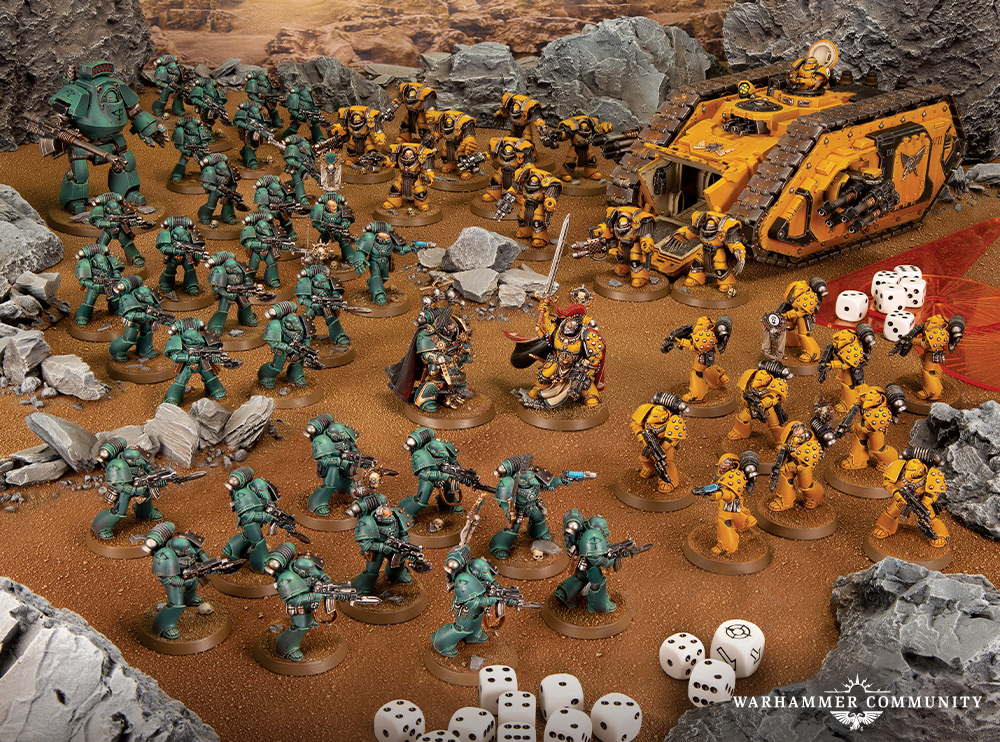
Future Options:
In order to fight this risk, GW will have to adopt some discipline and policies. I think we can already see some of these at work. One of the first strategies is to make the games sufficiently different so as to attract different kinds of players. We can see the Horus Heresy game is going to be closer to the 7th edition ruleset. This can help draw in disaffected players from the old ruleset while also not competing with your main product. Furthermore, by having both games under different update strategies you are more guaranteed to have one in a better state of competitive balance at any given time. While this is a form of cannibalization, you can avoid players withholding their money by ensuring that one of the two will be more balanced and fun at any given time.
Another strategy is to keep the miniatures as distinct as possible. While some older models have seen their times in the sun (looking at you Levi Dread), by reducing the number of models that work in both systems you reduce the additionally efficiency that players can get through one purchase. Now this does cut both ways. You will also make it harder for a new player to dip their toe into a system with their existing minis and can cut off future sales that way. I think this is another reason we will continue to see a draw-down of old marine models. It wouldn’t even surprise me if GW tries to shift players by phasing them out in one system while encouraging annoyed players to use their legends models in a new one. Now this is also something that players can find distasteful and can breed a lot of ill-will so if this is a strategy it must be done with care.
Closing Thoughts:
The age of the Games Workshop historical setting sci-fi/fantasy game is really only just beginning. These new games present a lot of opportunities for narrative events while also being heavily bounded by the existing lore and temporal limitations (you can only add in so many new models and units before people wonder why none of these things are mentioned in the previously existing books, lore etc.)
Beyond this, there will also be challenges to GW to generate a profit from these new products that doesn’t simply draw from other systems. This will be easier in the Old World with it’s square bases, but by focusing on marines the Horus Heresy might also be able to walk this tightrope. Beyond this it will be interesting to see how much GW tries to maintain distinctions between its games vs. co-mingle them.
And remember, Frontline Gaming sells gaming products at a discount, every day in their webcart!

